Surge in Aesthetic Procedures
The growing popularity of aesthetic procedures in the GCC is significantly influencing the medical lasers market. With an increasing number of individuals seeking cosmetic enhancements, the demand for laser-based treatments such as hair removal, skin resurfacing, and tattoo removal is on the rise. According to industry reports, the aesthetic segment is projected to account for over 40% of the medical lasers market by 2026. This trend is driven by a cultural shift towards beauty and personal care, coupled with the availability of advanced laser technologies that offer minimal downtime and effective results. As more clinics and practitioners adopt these technologies, the medical lasers market is expected to experience substantial growth, catering to the evolving preferences of consumers.
Growing Awareness of Laser Treatments
The increasing awareness of the benefits of laser treatments is a crucial driver for the medical lasers market. Educational campaigns and marketing efforts by healthcare providers are informing patients about the advantages of laser therapies, including their effectiveness and safety. This heightened awareness is leading to a greater acceptance of laser treatments among the population, particularly in the fields of dermatology and ophthalmology. As more patients seek out these advanced treatment options, the demand for medical lasers is expected to rise. Furthermore, the proliferation of social media and online platforms is facilitating the dissemination of information regarding laser procedures, potentially increasing patient inquiries and consultations, thereby boosting market growth.
Increasing Prevalence of Chronic Diseases
The rising incidence of chronic diseases in the GCC region is a pivotal driver for the medical lasers market. Conditions such as diabetes, cardiovascular diseases, and skin disorders necessitate advanced treatment options. Medical lasers offer effective solutions for various ailments, including diabetic retinopathy and skin rejuvenation. The World Health Organization indicates that chronic diseases account for approximately 70% of all deaths in the region, highlighting the urgent need for innovative medical technologies. As healthcare providers seek to enhance patient outcomes, the adoption of medical lasers is likely to increase, thereby propelling market growth. Furthermore, the GCC governments are investing in healthcare infrastructure, which may further facilitate the integration of advanced laser technologies into treatment protocols.
Technological Innovations in Laser Systems
Technological advancements in laser systems are transforming the medical lasers market. Innovations such as the development of fractional lasers and picosecond lasers are enhancing treatment efficacy and safety. These advancements allow for more precise targeting of tissues, reducing recovery times and improving patient satisfaction. The market for medical lasers is projected to reach approximately $1.5 billion by 2027, with a compound annual growth rate (CAGR) of around 8% during the forecast period. As manufacturers continue to invest in research and development, the introduction of new laser technologies is likely to drive market expansion. Additionally, the integration of artificial intelligence in laser systems may further optimize treatment protocols, making them more efficient and tailored to individual patient needs.
Regulatory Support for Medical Technologies
Regulatory support for medical technologies in the GCC is fostering a conducive environment for the medical lasers market. Governments in the region are implementing policies that encourage the adoption of innovative medical devices, including lasers. This support is evident in the streamlined approval processes for new technologies, which can significantly reduce the time to market. As a result, manufacturers are more inclined to invest in the development of advanced laser systems. The regulatory frameworks are also focusing on ensuring safety and efficacy, which may enhance consumer confidence in laser treatments. Consequently, this supportive regulatory landscape is likely to stimulate growth in the medical lasers market, as more healthcare facilities adopt these technologies to improve patient care.


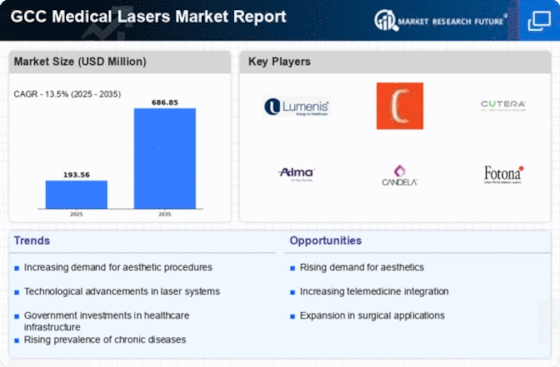
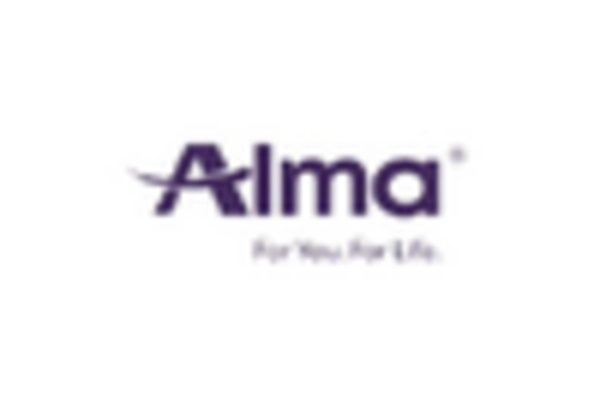
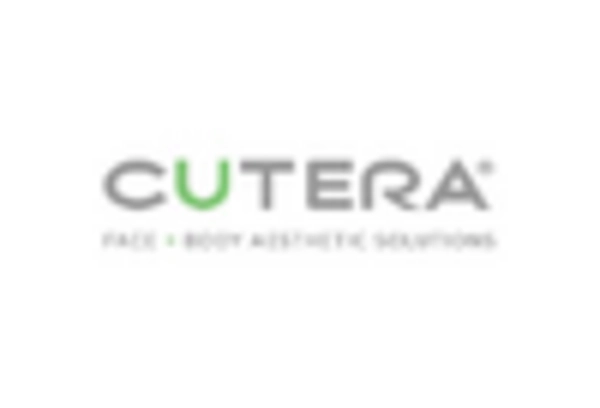

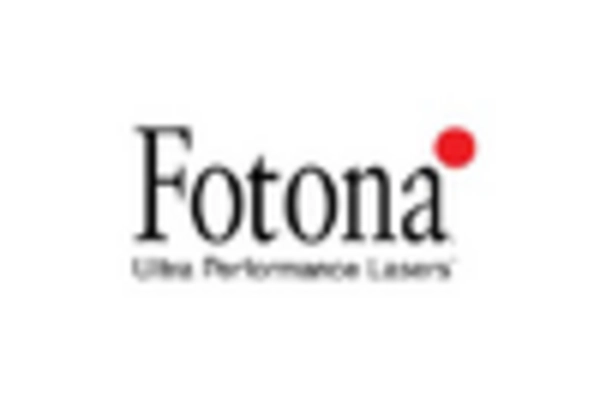

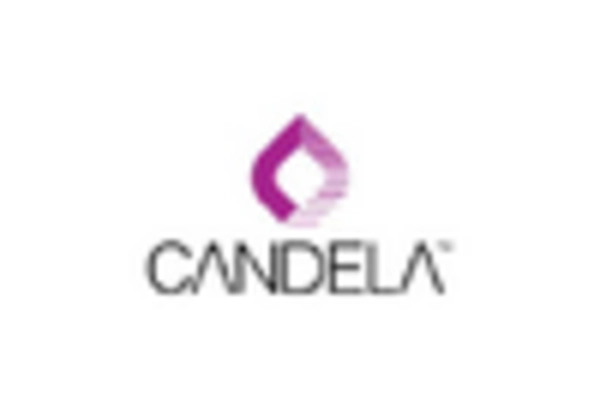








Leave a Comment